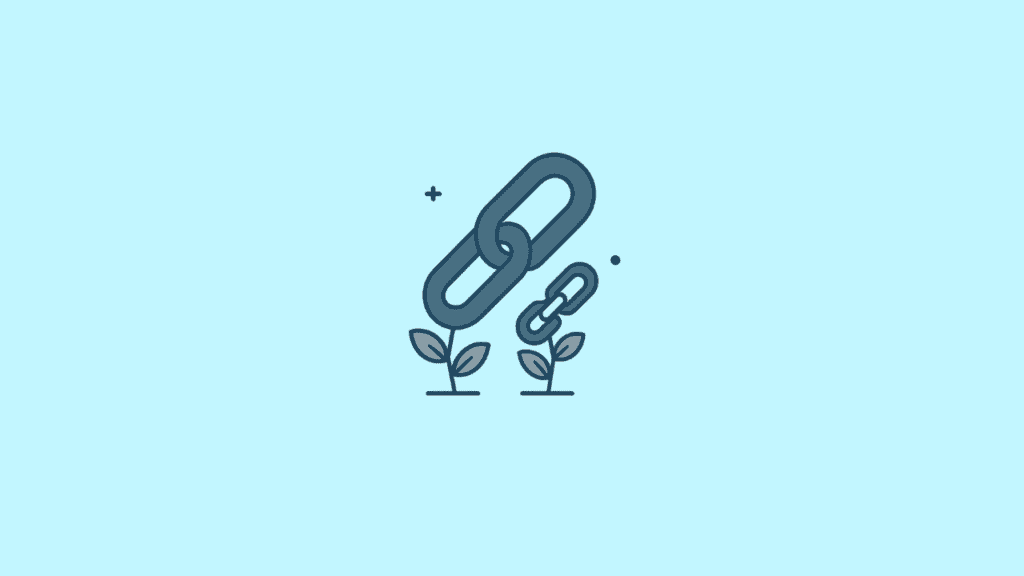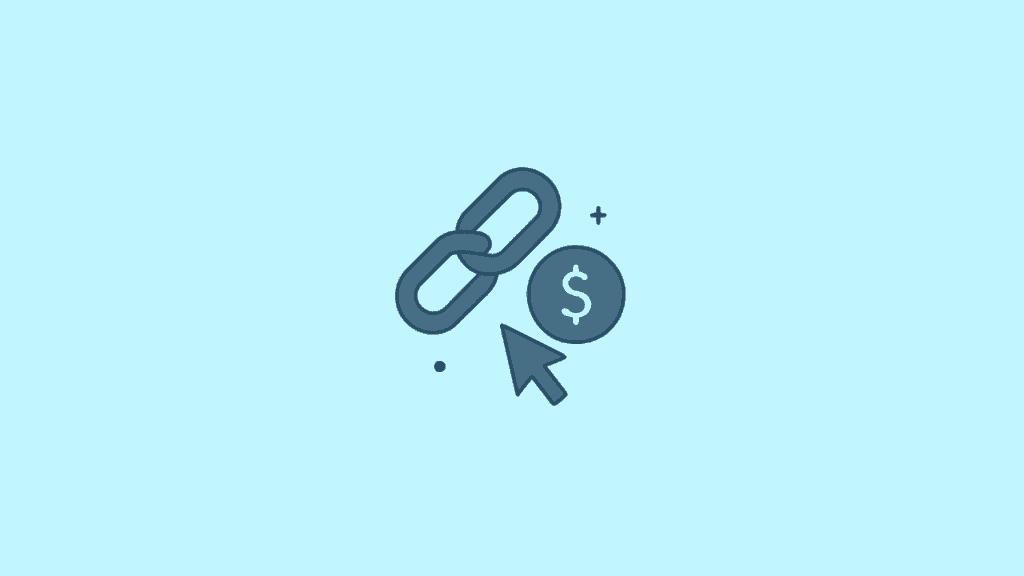You’re here because you need links, and for good reasons. Studies show that the page ranking first on Google typically has 3.8 times more backlinks than those in positions two through ten.
This fact might not be entirely true today as AI Overviews have recently changed how results appear but we still can’t ignore the reality: for high-intent queries, backlinks remain one of the strongest signals that determine whether your page shows up where it matters most.
Free backlinks, simply put, are links you can build without spending money directly. They’re especially appealing when budgets are tight, but the pressure to grow traffic and rankings remains high.
However, while free backlinks don’t cost dollars, they do demand something just as valuable—your time, effort, and smart execution. And not all free backlinks are created equal.
Some are quick wins with limited impact, while others require expertise and persistence but can deliver lasting results.
In this guide, we’ll break down the different types of free backlinks, show you which ones are worth your effort, and share practical strategies to uncover and secure opportunities that actually drive results.
Types of Free Backlinks, and How To Get Them
Free backlinks fall into two major categories: free quick backlinks and free editorial backlinks. Understanding the difference is key to using them wisely.
1. Free quick backlinks
These are the easiest backlinks to build. They don’t require advanced SEO knowledge, making them perfect for early visibility, generating initial referral traffic, and signaling your brand to search engines.
Let’s look at various ways you can build free quick backlinks:
1.1. Forum & community backlinks
Whether it’s Reddit, Quora, or niche Discord groups, these platforms give you the chance to earn backlinks by sharing expertise where your audience is already active.
While most of these links are nofollow, they carry weight in other ways, such as boosting visibility, driving referral traffic, and sending brand signals that Google may recognize.
A well-placed forum link can sometimes even inspire other bloggers to cite (and link to) your content in their own articles.
On Reddit, for instance, the SEO subreddit has strict rules against spam. But marketers who share genuine insights often get upvoted, and relevant links placed naturally in those comments can drive both traffic and backlinks.
| Example: Entrepreneur Andrei Hudovich shared on X that by posting about his project Listing Cat on Reddits, he secured 14 dofollow backlinks from subreddit mirror sites like r/growmybusiness and r/indiebiz. |
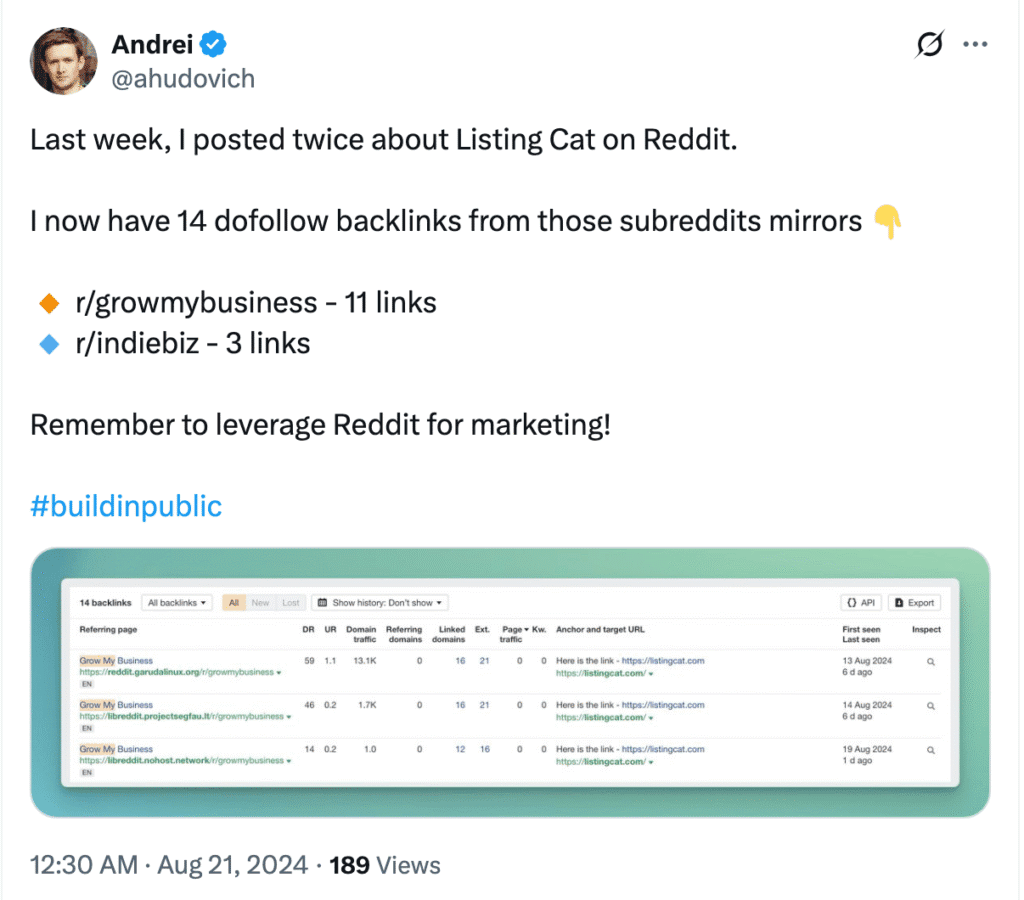
Reddit wins: Earned 14 dofollow backlinks from niche subreddits!
This highlights how authentic forum participation can lead to unexpected SEO gains.
Similarly, on Quora, answers with helpful details are often indexed by Google and continue to generate traffic. If you reference your own content as part of a solution, that link becomes a free, long-tail traffic source.
| ⚡Pro-tip: Don’t treat communities like link dumps. Solve problems, share experiences, and position your link as an additional resource. This approach builds trust and avoids bans while multiplying your chances of being cited organically. |
1.2 Free directory links
High-authority business directories remain one of the easiest and most credible forms of free backlinks.
- Clutch, G2, and Capterra are especially powerful for SaaS and B2B service providers.
- Product Hunt works well for startups and product launches, giving both visibility and a backlink.
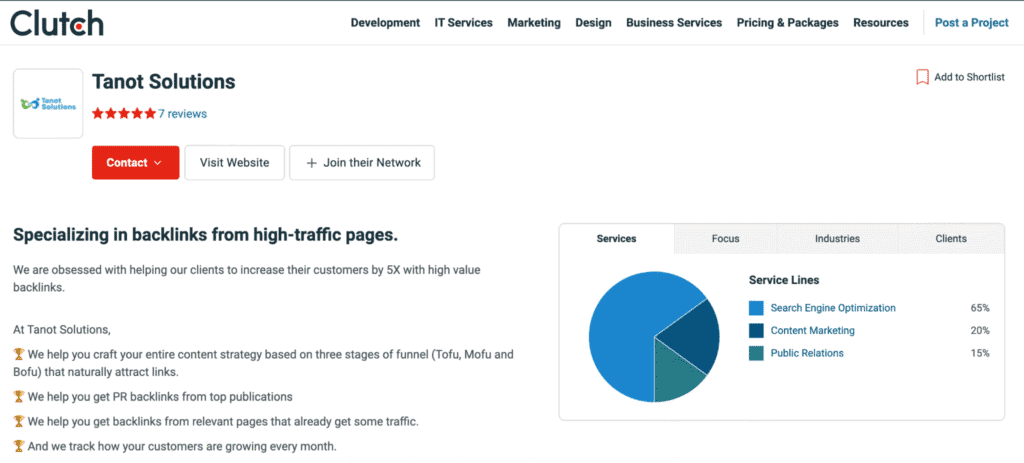
Tanot Solutions featured on Clutch, a trusted directory
According to BrightLocal, 94% of consumers use online directories to find local businesses, and these listings often rank on page #1 of Google themselves.
A link from a well-known directory effectively serves as both a backlink and a discovery channel.
| ⚡Pro-tip: Prioritize directories relevant to your industry. A link from Clutch (DR 90) carries more weight than a random low-quality directory. |
1.3 Content repurposing platforms
Publishing your content across platforms like Medium, Substack, or YouTube descriptions is a smart way to extract more value from your existing work.
For example, Buffer actively repurposes long-form articles into LinkedIn and X posts. This not only earns them free backlinks but also broadens reach to audiences who may never visit their main blog.
Sidetool reports how 68% of businesses saw an increase in content marketing ROI after using AI-driven repurposing workflows. This highlights how reformatting content can drive greater engagement with less effort.
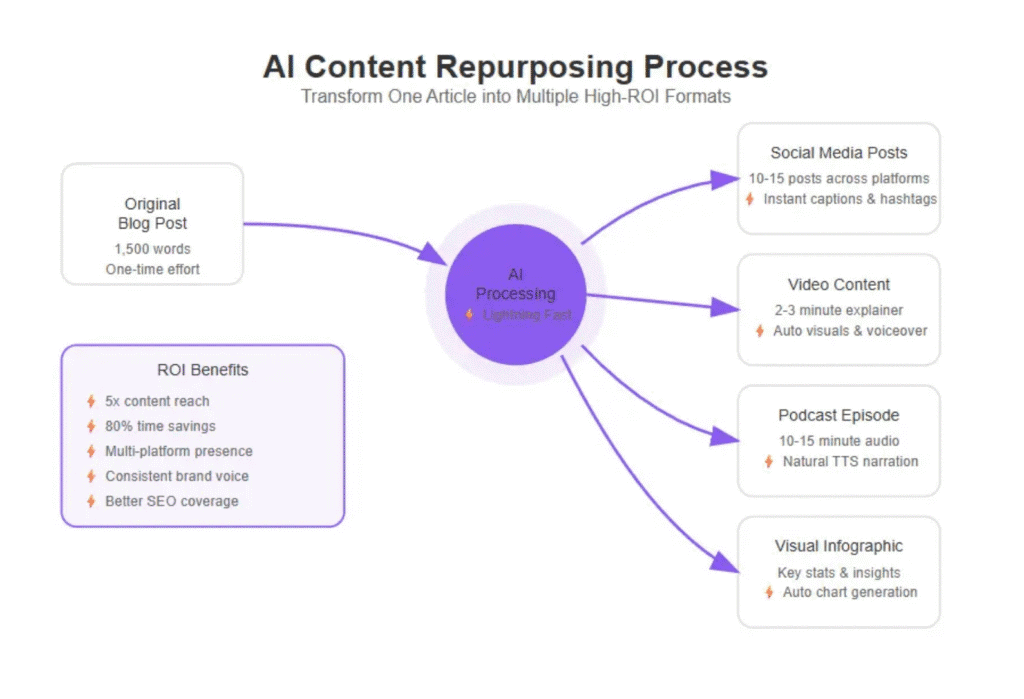
Sidetool shows how to convert one blog post into multiple backlinks and a wider reach using AI.
Cross-platform presence on platforms like Medium or LinkedIn exposes you to new audiences and can even create extra discovery paths in Google’s index.
| ⚡Pro-tip: Always avoid duplicate content pitfalls. Use canonical tags on republished posts or rewrite summaries to preserve SEO equity. |
The limitation of free quick backlinks
While easy to acquire, quick backlinks don’t scale. There are only so many forums, directories, and community platforms you can leverage. As one Reddit user put it:
“There are very few general directories that are worth submitting to.”
Quick backlinks are useful for early traction and brand signals, but if your goal is long-term growth, you’ll need a more strategic, scalable backlinks approach.
For businesses ready to move beyond quick wins, Tanot Solutions helps you transition to editorial-grade backlinks that consistently build authority, traffic, and long-term SEO value.
2. Free editorial backlinks
Editorial backlinks are far more powerful. They’re earned when another website cites your expertise, content, or contribution. These links are harder to get but can significantly improve rankings.
Here’s how to secure free editorial backlinks:
2.1 Convert Unlinked Brand mentions into backlinks
Sometimes, people are already talking about your brand but not linking to you. Turning those mentions into backlinks is one of the easiest editorial wins.
And sometimes, even existing backlinks can disappear over time due to link rot, redirects, or crawl errors. A large-scale study by Ahrefs found that two-thirds of backlinks decay over time. That means a huge chunk of your link equity and potential referral traffic might already be lost.
You can check for unlinked mentions manually using Google Search operators. For example, searching for intext:”Resume Worded” -site:resumeworded.com will surface posts referencing Resume Worded without linking to it.
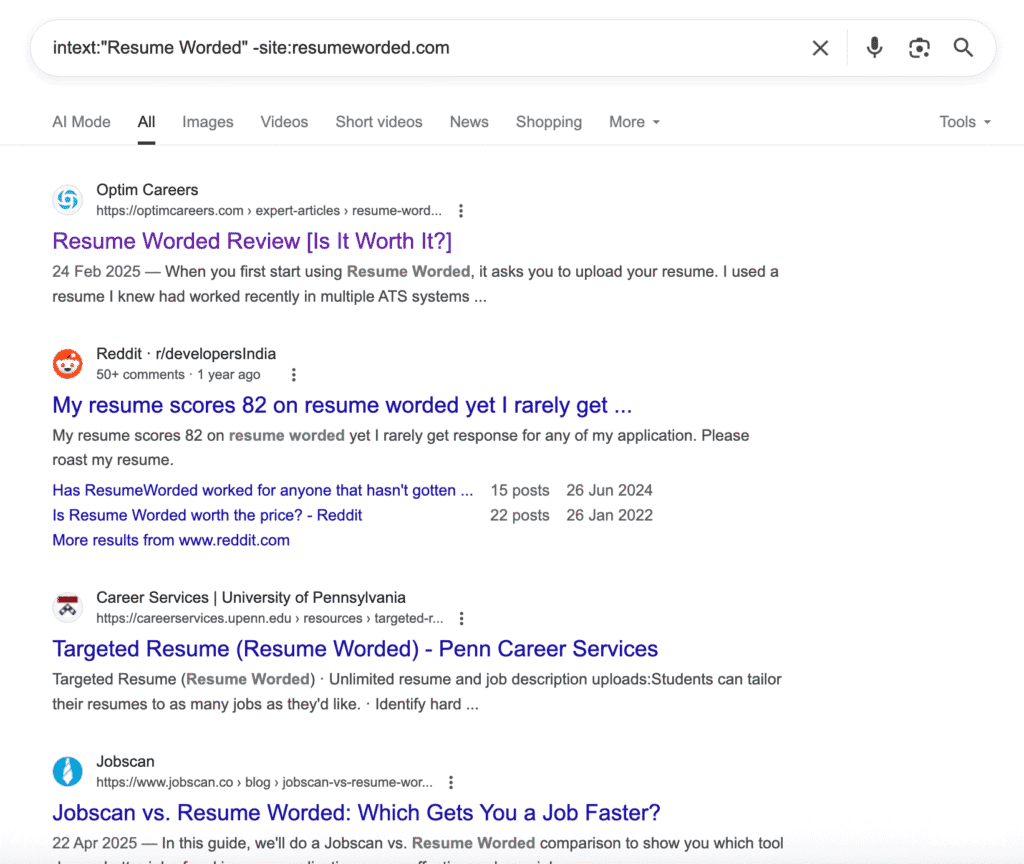
Showing posts referencing Resume Worded without linking to it
While Google Search operators are a good starting point, they don’t show metrics like domain rank (DR) or page traffic. These metrics are critical for judging whether a backlink will actually pass authority or bring referral visitors.
Besides, exporting results still requires extra manual effort.
This is why we recommend using a brand monitoring tool that automates the tracking process.
You can set up free Google Alerts for your brand name or use paid SEO tools such as Ahrefs Content Explorer or Semrush Brand Monitoring. These tools make it easier to filter and find mentions that don’t link to your site.
If monitoring brand mentions feels like a time sink, consider partnering with experts like Tanot Solutions. We specialize in turning those lost opportunities into authority-building backlinks.
Reclaiming links, or fixing unlinked mentions, can recover signal and traffic without creating new content.
| ⚡Pro-tip: Always reach out politely and frame your request as improving the user experience by linking to the most relevant source—your brand. |
2.2 Guest posting
Guest posting is the practice of writing an article for another website in your niche, with the benefit of earning a backlink in return. It remains one of the most reliable methods in SEO.
64.9% of link builders say they use guest blogging as part of their strategy.

Popular link building tactics percentage wise
The challenge, of course, is finding the right publications. One simple way is through advanced Google searches. Try queries like:
- [keyword/niche] + guest posting opportunities
- [keyword/niche] + write for us
- [keyword/niche] + become a contributor
Enter keywords related to your own niche, and you’ll uncover websites actively seeking contributors.
Here’s an example of a guest post for Tanot Solutions on Search Engine Watch, covering SaaS link building strategies.
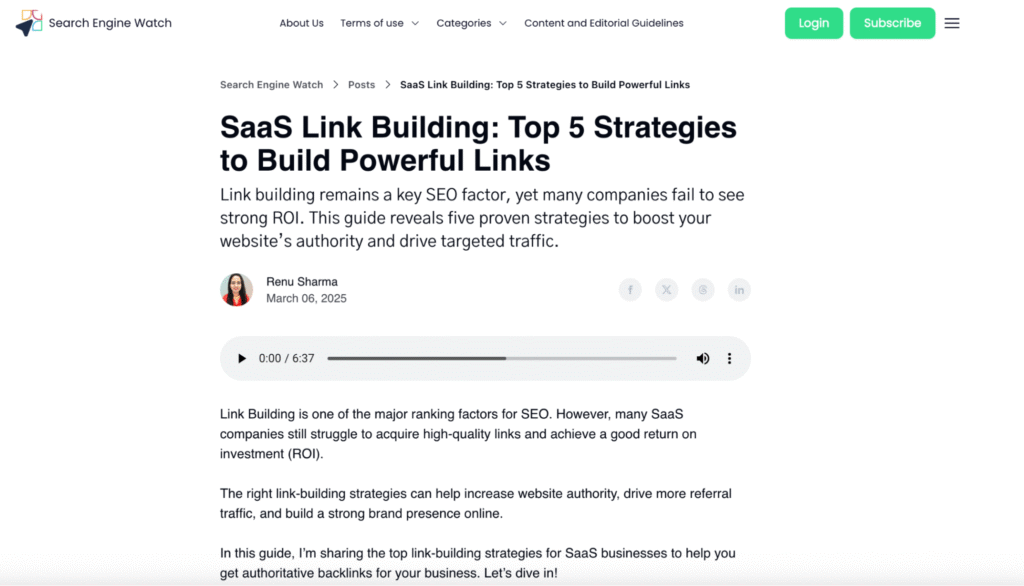
Tanot Solutions guest post example: Contributed an article on Search Engine Watch
Using AI tools like ChatGPT, Perplexity, and others can take the grunt work out of guest posting—automating searches, building prospect lists, and even drafting outreach emails. But you’ll still need to decide which sites have the right authority, traffic, and audience fit.
| ⚡ Pro-tip: Pitch unique insights, original data, or case studies. Editors are far more likely to accept content that brings something new to their readers. |
2.3 Link exchanges
A link exchange is when two websites agree to link to each other’s content, essentially a “you link to me, I’ll link to you” arrangement.
To find opportunities, many SEO professionals use:
- Outreach groups and communities (Slack, Facebook, or LinkedIn groups dedicated to marketers).
- Direct outreach to site owners in related (but non-competing) industries.
- Tools like Ahrefs or Semrush to see who links to your competitors and whether there’s room for collaboration.
Caution: Google warns against manipulative link schemes, so overdoing this can backfire. Simple reciprocal exchanges (A ↔ B) are especially risky because they can be flagged as unnatural.
A safer approach is a three-way link exchange (A → B → C), where the linking pattern is less obvious to search engines.
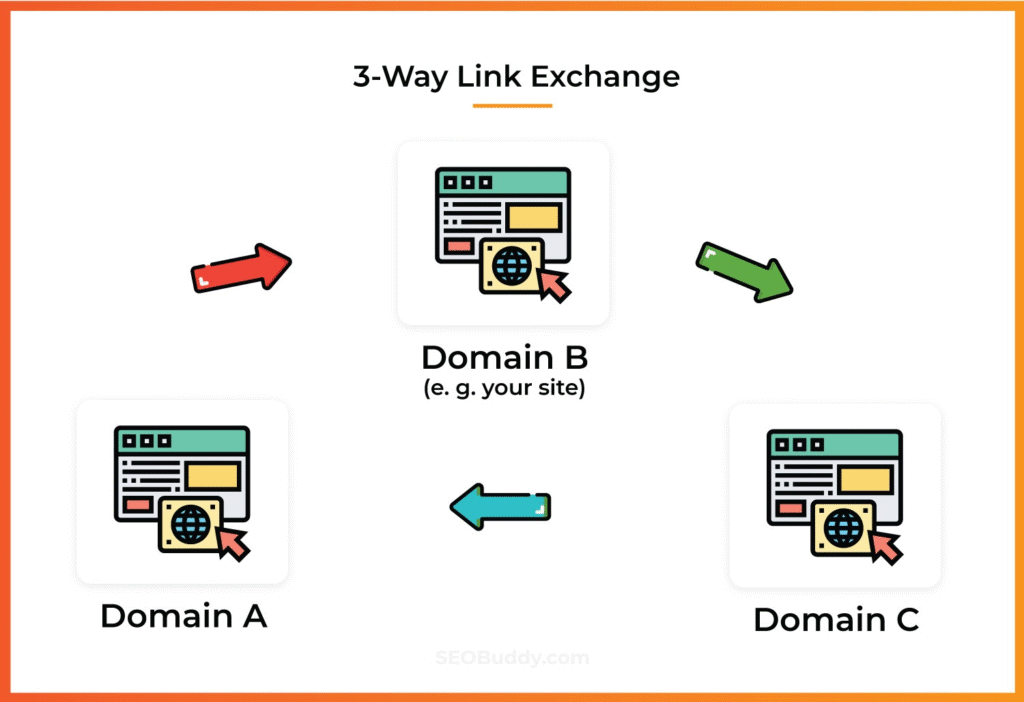
You can reach out to relevant websites with a well-crafted email. Here’s an example of one that has given us an excellent response rate.
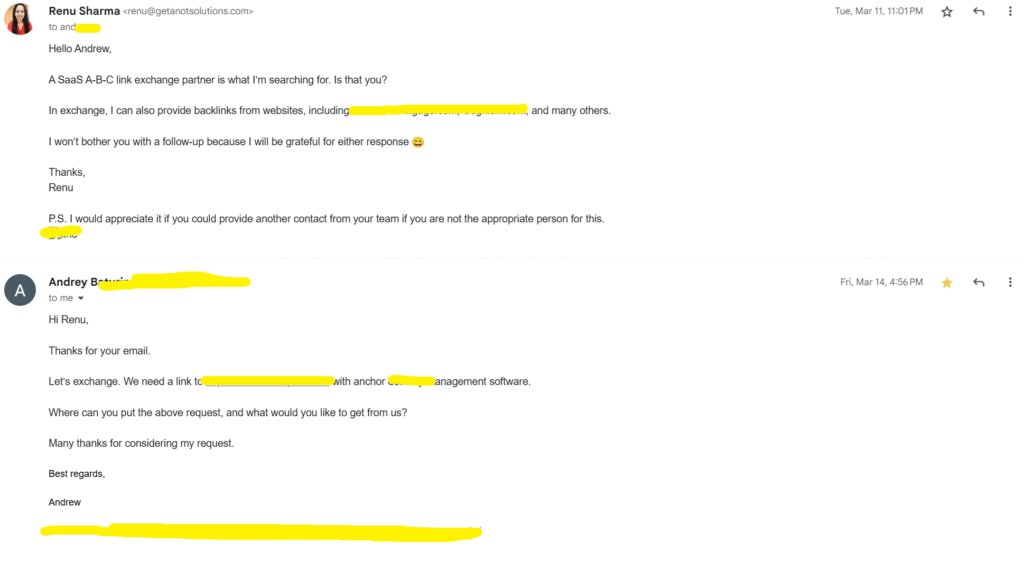
| ⚡ Pro-tip: If you exchange links, do it sparingly and only when the content is genuinely valuable to both audiences. |
2.4 Expert contribution platforms
Platforms like HARO, Qwoted, SourceBottle, and Featured.com connect journalists and bloggers with subject-matter experts. By responding to their queries, whether as expert quotes or insights, you can earn high-quality backlinks from top-tier sources.
It’s a classic grind, but when done right, the payoff can be substantial.
Tanot Solutions has been featured on top platforms through expert contributions, including GoDaddy and HubSpot. These not only built authority but also delivered strong backlinks from trusted domains.
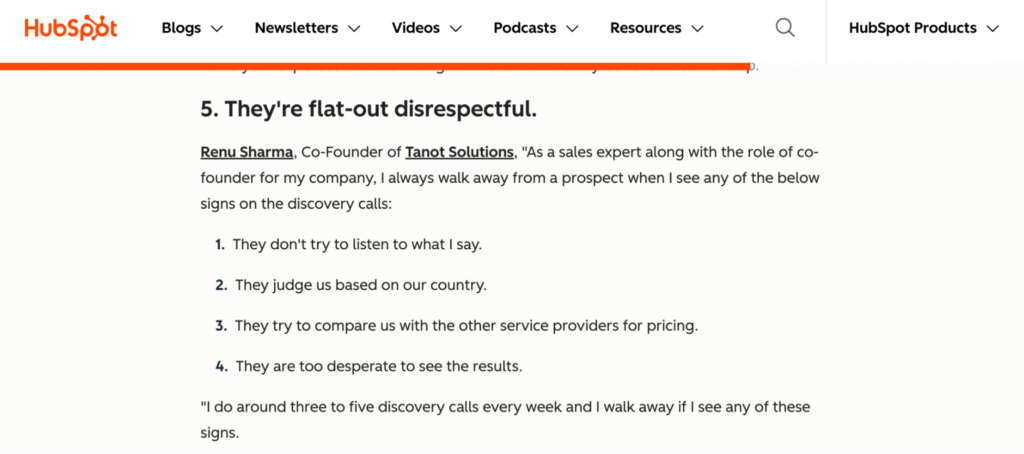
HubSpot article featuring Tanot Solutions’ co-founder expert contribution
For companies that don’t have the bandwidth to manage daily query responses and outreach, agencies like Tanot Solutions handle the research, prospecting, and pitching at scale.
| ⚡ Pro-tip: Treat these platforms like daily routines, and not one-off gigs. Consistency builds reputation. |
Why free editorial backlinks work better
Editorial backlinks can position your brand as a thought leader. Unlike quick wins, they pass real SEO equity and drive meaningful traffic.
However, editorial backlinks don’t come easy. They require:
- Consistent effort (responding to journalist queries, pitching guest posts, or reclaiming mentions week after week)
- Targeted research (you’ll need to consistently find websites that not only meet your DR requirements but can actually transfer SEO equity and send real referral traffic back to your site)
The Hidden Dangers of Free Backlinks
Free backlinks aren’t always what they seem. Some can actually hurt your site.
Examples of dangerous free backlinks:
- Spam directories filled with irrelevant sites.
- Comment spam left on unrelated blog posts.
- Automated link submissions that push your site into low-quality networks.
- Private Blog Networks (PBNs) disguised as “free sources.”
You’ll find 1000+ “free backlink lists” on Google SERPs, but most of them won’t help your rankings. In fact, they can drag your site down.
Instead of jumping on every “free backlink” list you find such as below, remember: quality matters more than quantity.
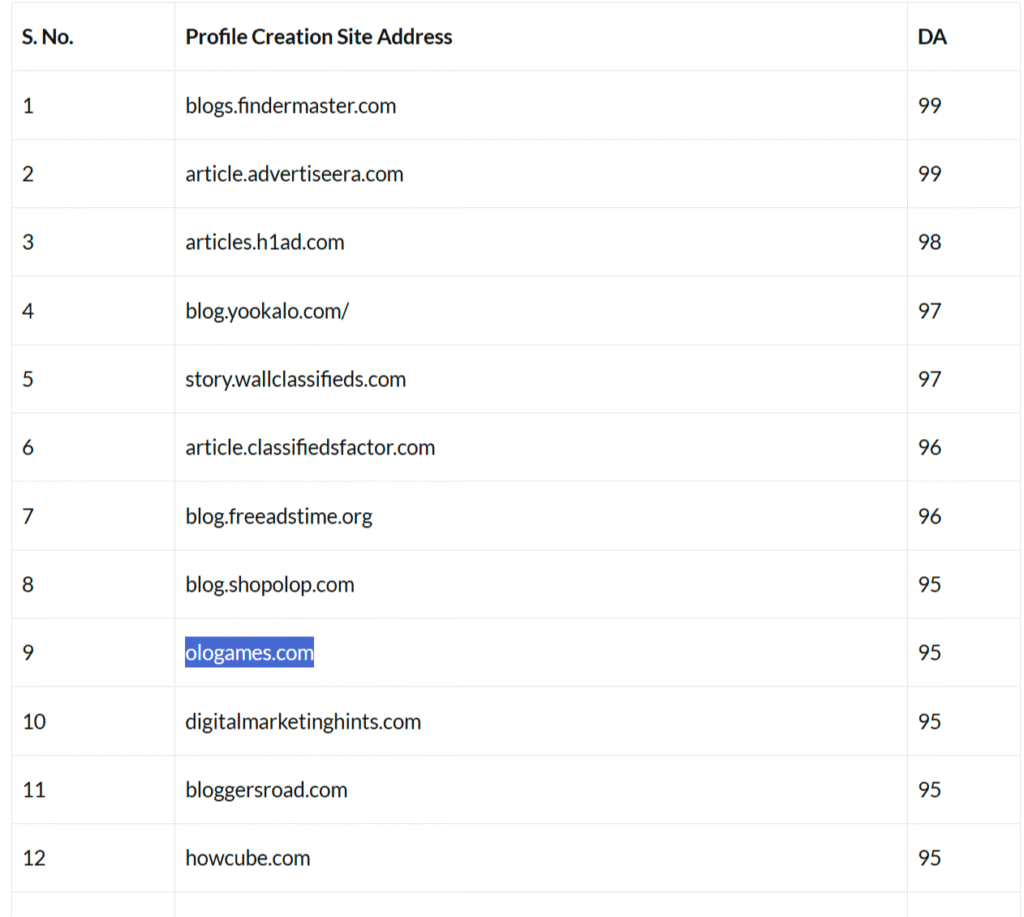
Why are these free backlink sites risky?
- Google penalties (manual actions or algorithmic hits).
- Wasted crawl budget on irrelevant or spammy pages.
- Reputational damage if your site appears on low-quality platforms.
If you’re exploring free backlink opportunities, start by learning the right practices and understanding how to evaluate a website’s quality before building links on it.
So, Are Free Backlinks Really Free?
Here’s an overview of different types of free backlinks:
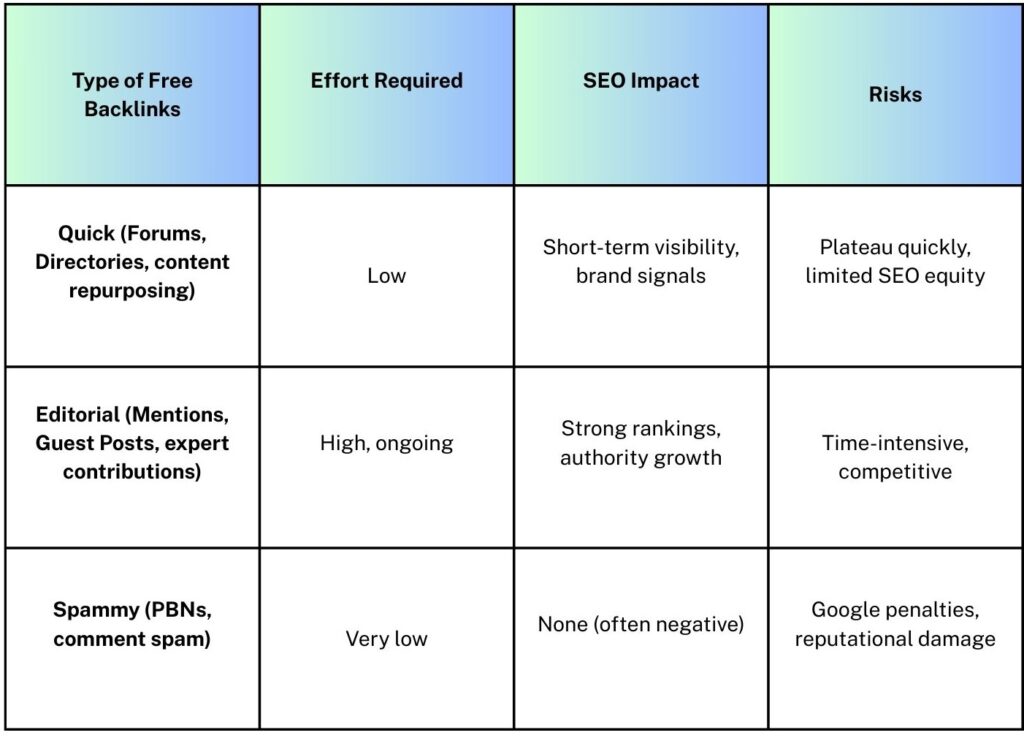
At the end of the day, “zero cost” is clickbait. You may not spend money, but you’ll spend time, effort, and focus—resources that are just as precious.
Think of free backlinks as your training ground. They’re great for learning and testing, but when your business is ready to scale, consistency and quality matter more than ever.
That’s where a trusted agency partner like Tanot Solutions helps you play the bigger game. We help you move beyond one-off wins by:
- Delivering quality backlinks at scale
- Meeting your exact DR and traffic requirements
- Following a strict approval-first process (no link goes live without your green light)
Companies that partnered with Tanot Solutions have seen up to 80% growth in organic traffic within the first six months.
Ready to move beyond one-off backlinks? See how Tanot Solutions builds backlinks the right way.
Free Backlinks: FAQs
1. What exactly is a “free backlink”?
A free backlink is simply a link you earn without directly paying for placement. That doesn’t mean it’s “free” in the truest sense, because it will cost you time, effort, and strategy. The big difference from paid or sponsored links is that free backlinks often feel more natural to Google and can build stronger long-term SEO equity.
2. What types of free backlinks are there?
Free backlinks generally fall into two buckets:
Editorial backlinks (guest posts, brand mentions, expert contributions) → Harder to get, but these are the ones that move the needle.
Quick backlinks (forums, directories, repurposed content) → Easy wins, limited long-term impact.
3. Where can I find credible free backlink opportunities?
Start with industry-relevant directories, forums, and communities. Platforms like Clutch, G2, and Product Hunt are great for businesses, while HARO, Qwoted, or Featured.com connect you with journalists for expert mentions. The key is relevance, a handful of good placements beats a hundred spammy ones.
4. How do I reclaim unlinked brand mentions?
People may already be mentioning your brand without linking to you. Use Google search operators or tools like Ahrefs Content Explorer and Semrush Brand Monitoring to find those mentions. Then reach out politely, framing your request as a way to improve the reader’s experience by linking directly to your website.
5. Do nofollow links help SEO?
Yes, but indirectly. While nofollow links don’t pass much value, they can still drive referral traffic, build brand awareness, and sometimes lead to other sites citing (and linking to) you with a dofollow link. They also diversify your backlink profile, which looks more natural to Google.
6. How long does it take to see results from free backlinks?
Backlinks aren’t a quick fix. You might see movement in a few weeks, but significant ranking and traffic gains usually take 3–6 months of consistent effort. Think of it as planting seeds; results grow with steady nurturing, not overnight.
7. Are there risks with free backlinks?
Yes. Spammy directories, blog comment spam, link farms, and PBNs can all do more harm than good. The biggest risk is chasing quantity over quality. A single toxic backlink won’t kill your site, but patterns of unnatural links can trigger penalties.
